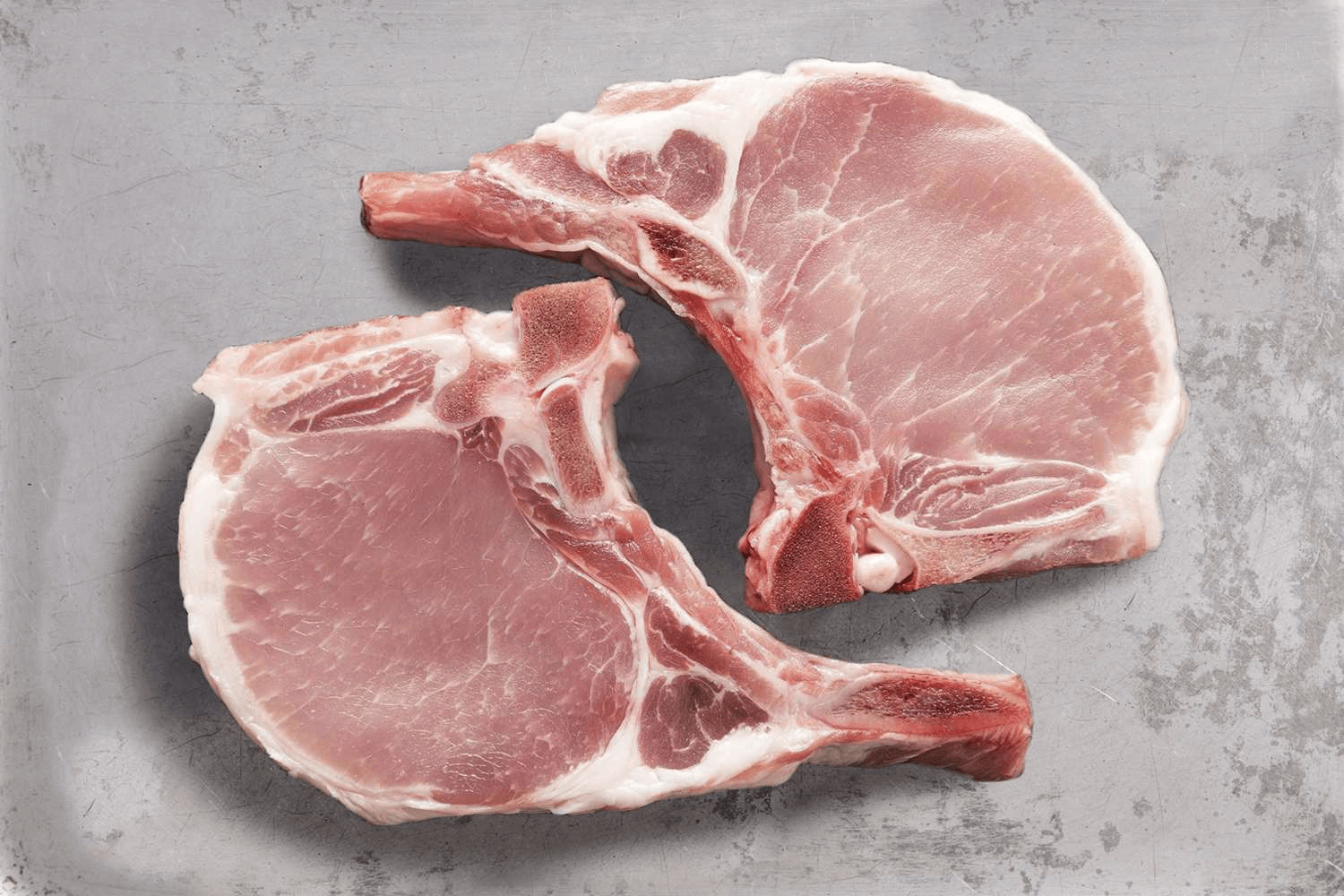

EASTER ORDERS ARE CLOSED!
Wishing everyone a Happy Easter



Fresh vegetables are always a healthy, less expensive option for your meals.
With the cost of living constantly on the rise, saving money on groceries is a common priority for many Aussie households.
The good news is that with a bit of careful planning and some frugal grocery shopping hacks, you can save a significant amount of money without compromising on the quality or quantity of your purchases. In this blog we list off some simple strategies that can help you stretch your tight budget—while making sure your family has the food they need and want.
Frugal grocery shopping is about making smart, informed decisions when buying pantry essentials. It involves comparing prices, seeking out discounts, making a detailed grocery list and sticking to it.
You also want to be mindful of the items you add to your shopping cart. Should you go for store-brand or name-brand products? Perhaps you want to consider buying in bulk? By combining these strategies, you can reduce your grocery bills and put more money back into your pocket, making way for a more comfortable living.

Sure, you can cut down your grocery bill by making your own bread. But you can also enjoy gorgeous artisan bread without spending too much. Check out this Plain Sourdough loaf.
The average grocery bill in Australia varies depending mainly on the size of the household and their spending habits. However, it’s estimated that the average Australian family of four spends around $200 per week on groceries. Other factors like cost of living in the area, dietary habits and personal preferences also come into play (more on this later).
The grocery budget of the average family can be affected by a number of factors, including:

Don’t forget to add seafood to your shopping list. These blue mackerel would look great on your barbecue grill!
Plan your meals for the week in advance and make a grocery shopping list based on what you need for each meal. Buy only what is on that list to avoid impulse grocery purchases.
For example, if you plan on getting a bit fancy and making lobster schnitzel with lemon and pepper sauce one night, make sure to include the ingredients for the breading, buttermilk wash, sauce and slaw on your grocery list.
Avoid packaged foods as much as possible. Making your own meals at home can be a cost-effective way to save on your grocery bills. Eating out with the family is great, but if you want more savings, you might want to save those trips to the restaurant for the weekends.
In addition, cooking your own meals gives you control over the ingredients, allowing you to choose healthier, fresher items and reduce the amount of preservatives and processed foods in your diet.
Here are some budget-friendly tips for making your own meals:
With home-cooked meals, you don’t just save money; you also get to eat healthier and enjoy the satisfaction of cooking and serving your own meals. Here’s a sample menu plan for a week, including breakfast, lunch, snack and dinner:
Breakfast – Oatmeal with sliced bananas and strawberries
Lunch – Whole grain turkey sandwich with lettuce and tomato
Snack – Fresh fruits and raw nuts
Dinner – Baked chicken with roasted vegetables
Breakfast – Scrambled eggs with whole grain toast
Lunch – Chimichurri roasted chicken with mixed greens, cherry tomatoes and balsamic vinaigrette
Snack – Yogurt with fresh berries
Dinner – Seafood marinara spaghetti and a side salad
Breakfast – Whole grain cereal with nonfat milk and sliced peaches
Lunch – Turkey and cheese roll-up with carrot sticks
Snack – Luke’s lightly spiced chicken pie
Dinner – Grilled salmon with quinoa and steamed broccoli
Breakfast – Peanut butter and jelly sandwich on whole grain bread
Lunch – Sardines in olive oil with brown rice
Snack – Apple slices with peanut butter
Dinner – Murray cod fish red curry with quinoa
Breakfast – Whole grain waffles with syrup and sliced strawberries
Lunch – Tuna salad with crackers
Snack – Popcorn
Dinner – Fish piccata served with roasted asparagus
Breakfast – Smoothie made with almond milk, Greek yoghourt and any frozen fruit
Lunch – Veggie burger with sweet potato fries
Snack – Crispy squid rings
Dinner – Grilled steak with your choice of baked vegetables
Breakfast – Peanut butter French toast with any fresh fruit
Lunch – Whole grain pita stuffed with hummus, veggies and falafel (fritter made from ground chickpeas and/or broad beans)
Snack – Rice cakes with almond butter
Dinner – Chickpea and prawn stew with whole-wheat pasta
With a mix of fresh produce and lean proteins, this sample weekly menu plan is designed to be healthy and budget-friendly. Feel free to adjust the ingredients to your liking and swap in your favourite foods.

Your kids will love these punchy pineapple prawn tacos for an afternoon snack.
Meat is often one of the most expensive items in a grocery shopping list. You don’t need to discard it, though. One strategy is to choose cheaper cuts of meat, such as chicken thighs or wings instead of breasts, ground beef instead of steak and pork shoulder instead of pork chops.
Alternatively, you can choose to consume less meat and instead get your protein from other food sources like nuts and seeds, dairy products and whole grains.

Main meals often consist of meat. Get these competitively-priced, premium-quality pork cutlets from Manettas.
When you plan your meals carefully, you’re more likely to use all the ingredients you bought. You’ll be in a better position to minimise food wastage. Remember that food wasted is money wasted. To avoid it, here are some things you can do:
Extend the life of your food simply by storing it the right way. For example, keep fruits and vegetables in the appropriate place in the fridge to prevent spoilage.
Be mindful of the expiration dates of the goods you bought. Use older items first as much as possible.
If you have leftover roast chicken, use it to make a chicken salad for lunch the following day. Should there be any leftovers that can’t be repurposed, you can use them as a layer of compost.
Vegetable scraps like celery leaves and roots, onion skins and carrot tops can be used to make a flavourful and nutritious stock. Just add them to a pot of water, bring to a boil and simmer until the liquid is rich and flavourful.
Take the time to compare grocery prices at different stores to see which one offers the best deals. You might find that certain items in your local supermarket are more expensive than in a discount store.
When possible, buy items in bulk to take advantage of bulk pricing. If you consume a lot of rice, consider buying a multi-kilo bag instead of several smaller bags.
Opt for store-brand items instead of items from big brands as they often have a lower price point. For example, a store-brand can of tomato soup might cost $1, while a popular one could cost $2. If you often buy branded grocery items, you’ll be surprised by how much you can save in the long run by purchasing store-brands.
Look for discounts and promos on items you regularly use and stock up when prices are low. If your favourite cereal is on sale for $2 a box, consider buying several boxes to save money for the month.
Clip and use coupons to save money on items you regularly use. If you have a coupon for $1 off a jar of peanut butter, you just saved $1 on an item that you were going to purchase anyway.
Have you tried shopping for groceries online? If you haven’t yet, try it once and see how much you can save. Doing your weekly supermarket shop online allows you to compare prices easily, keep track of your spending and of course, avoid supermarket queues.
Ready to do your weekly grocery shopping online? Visit Manettas for a variety of grocery items, including meats, fresh fruits and vegetables, breads and more!